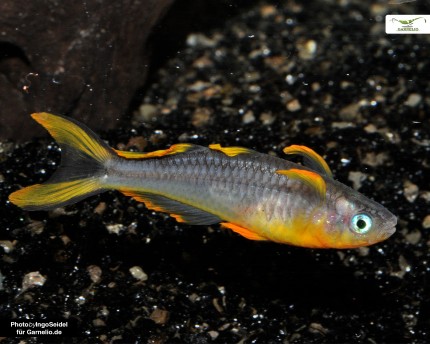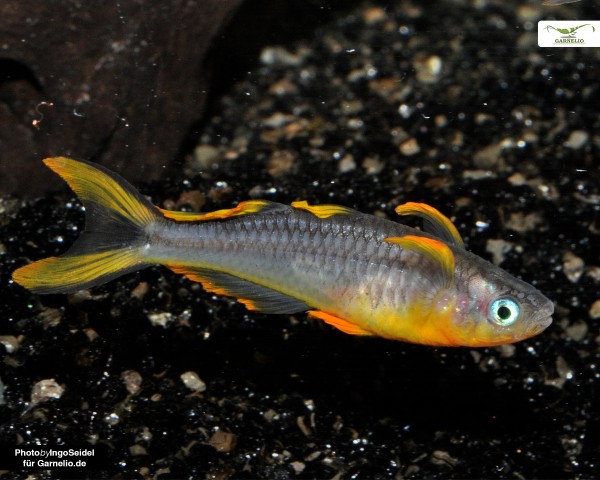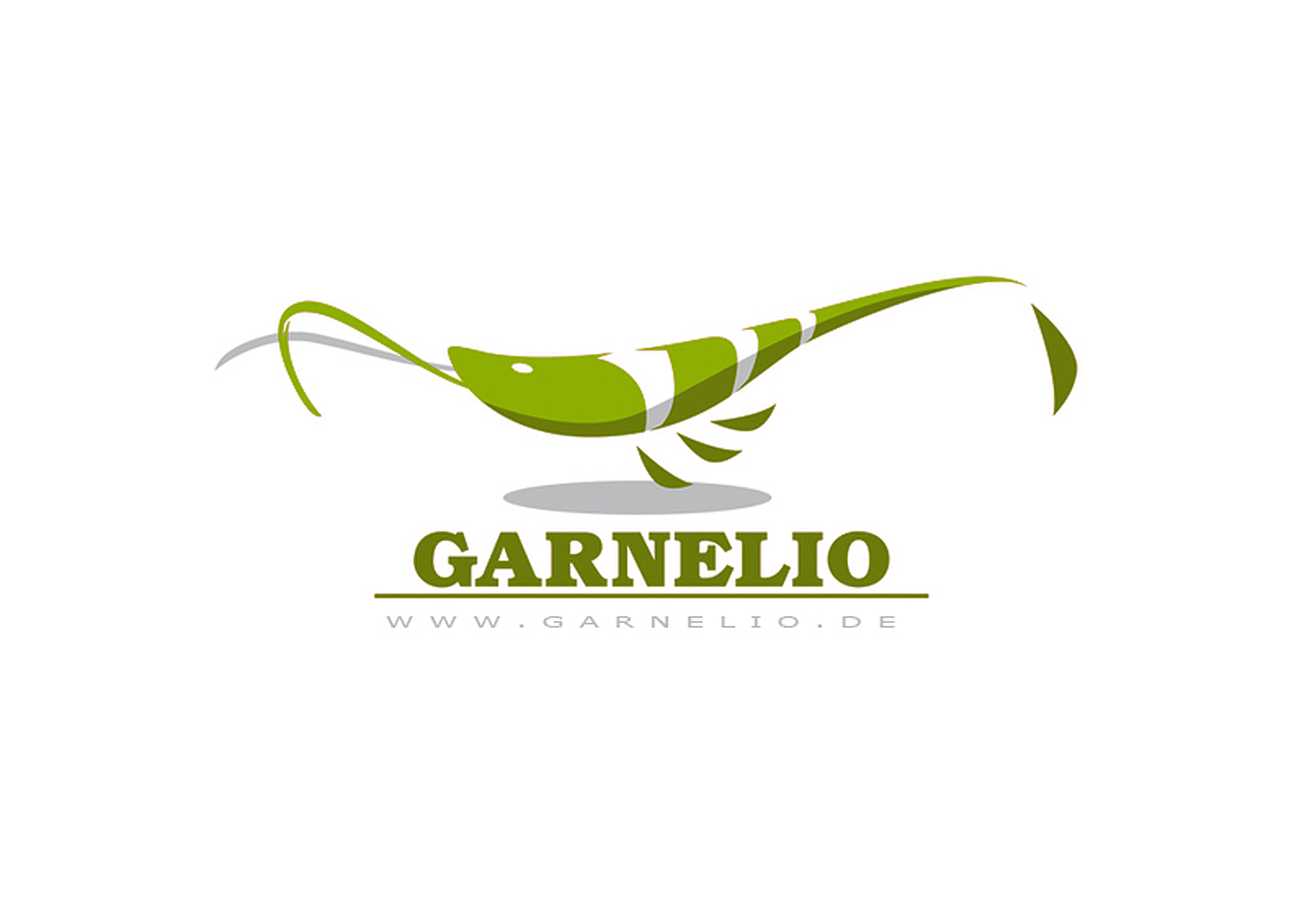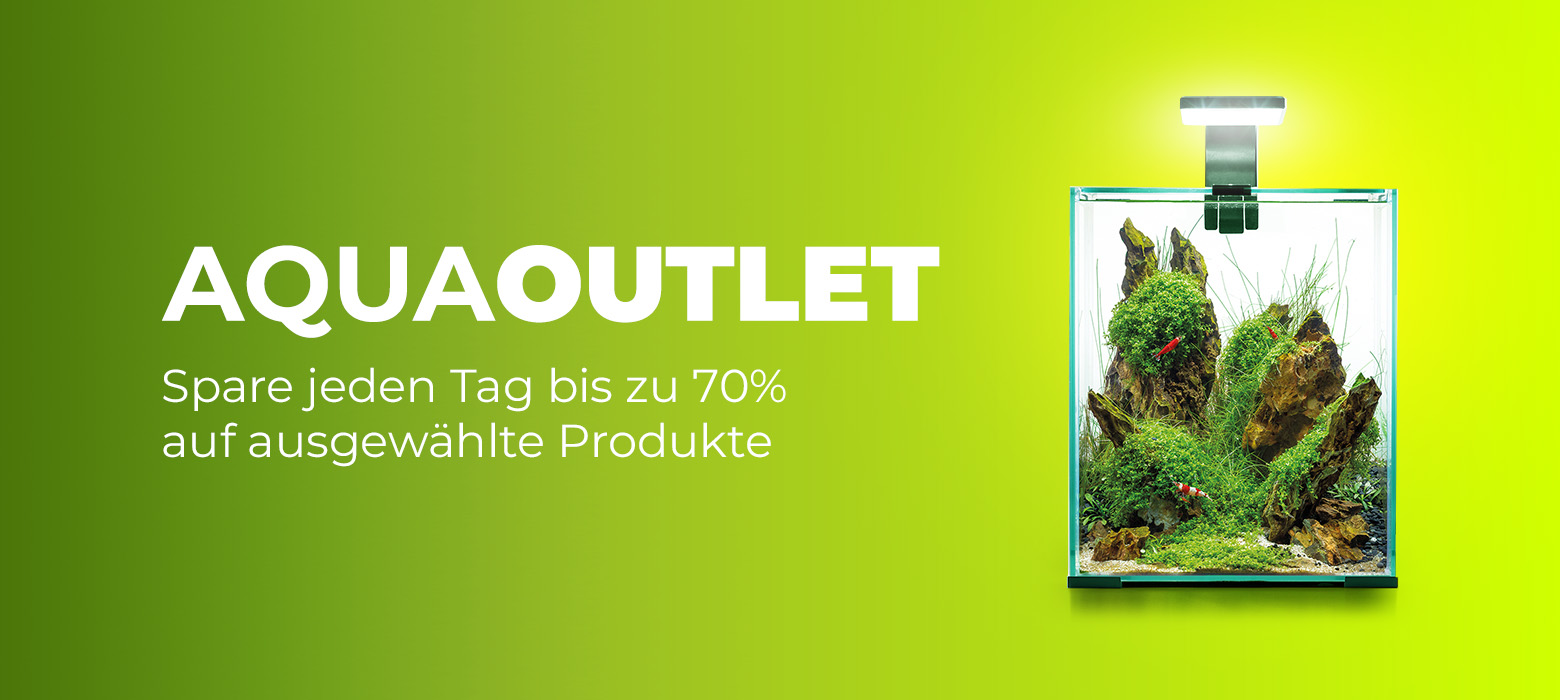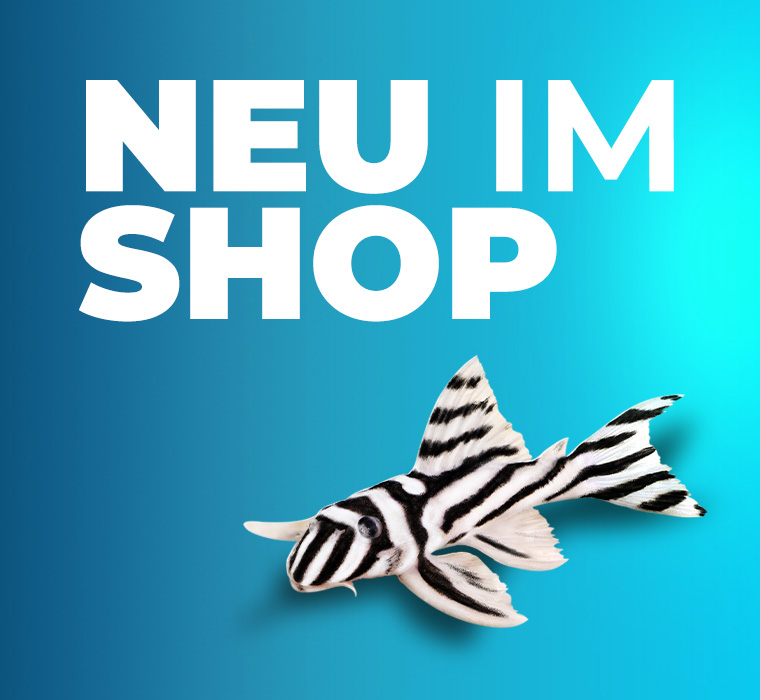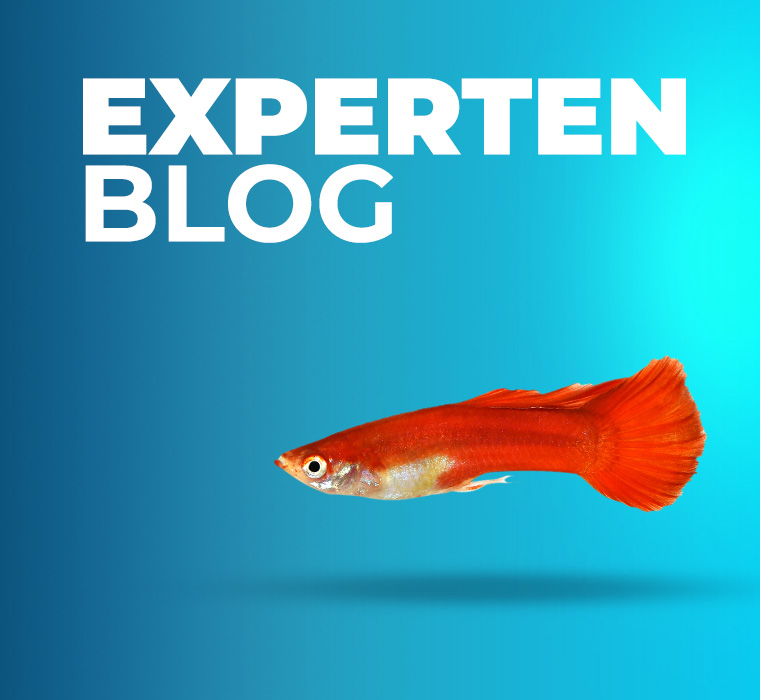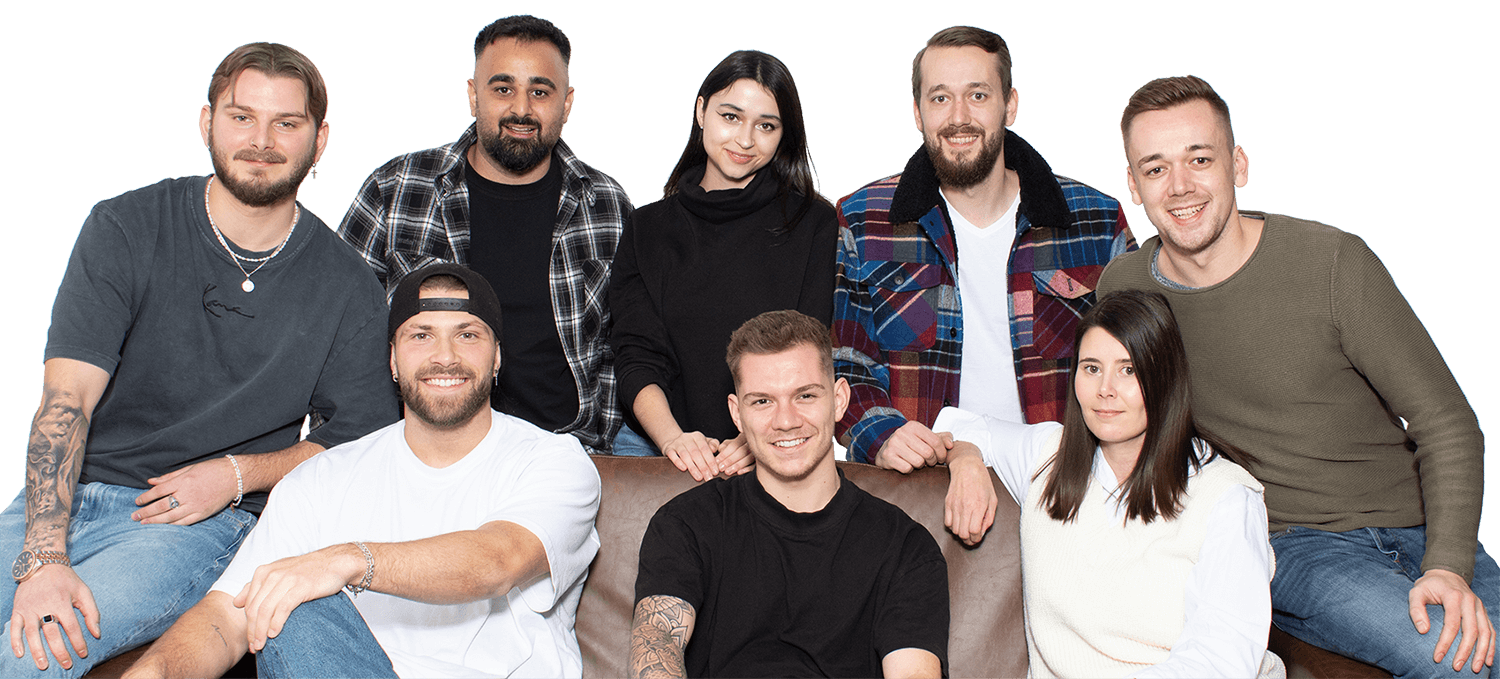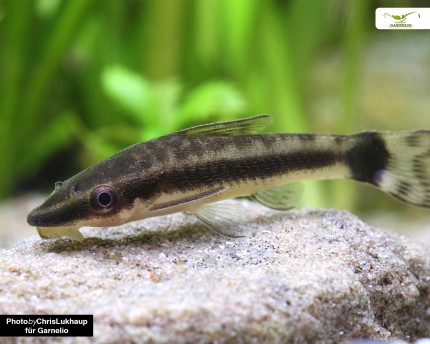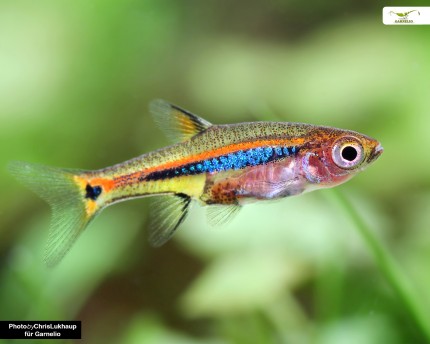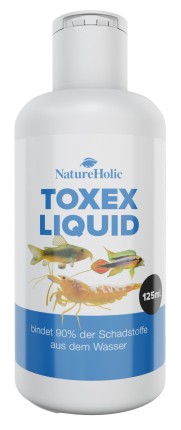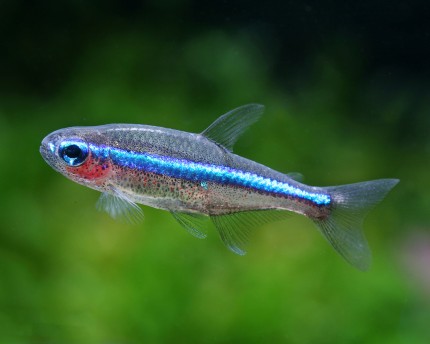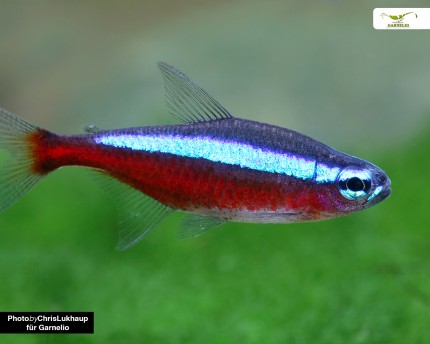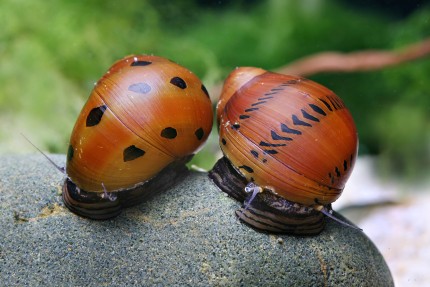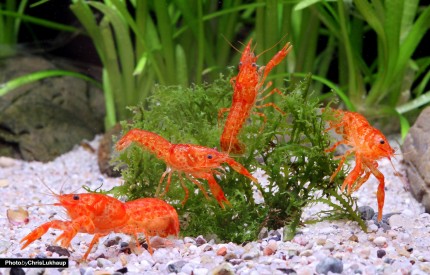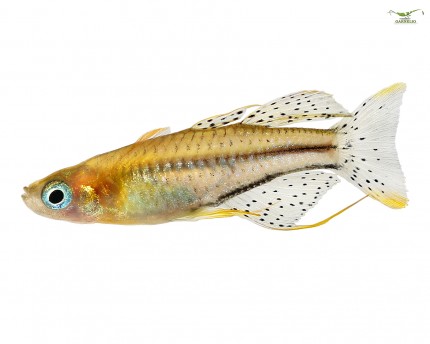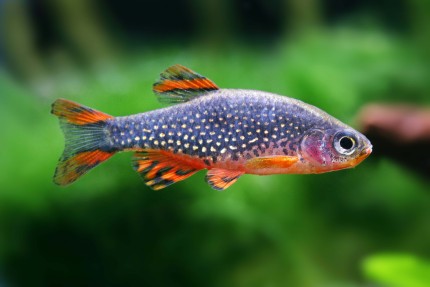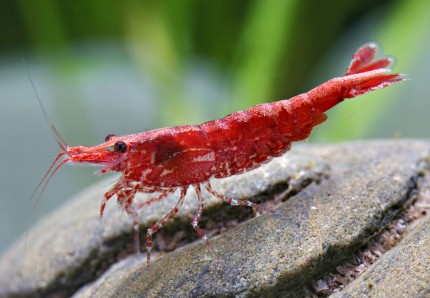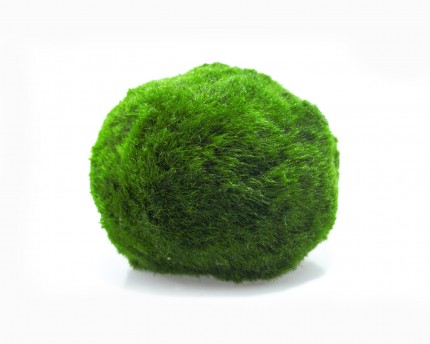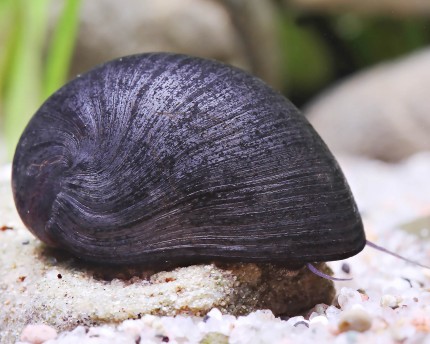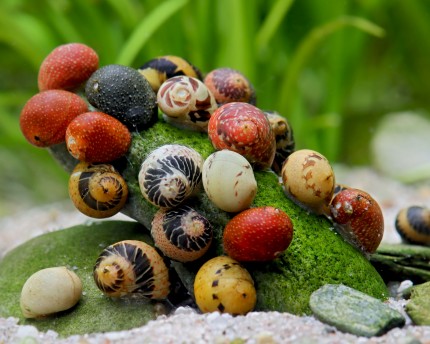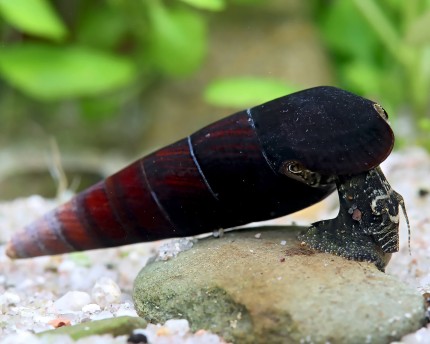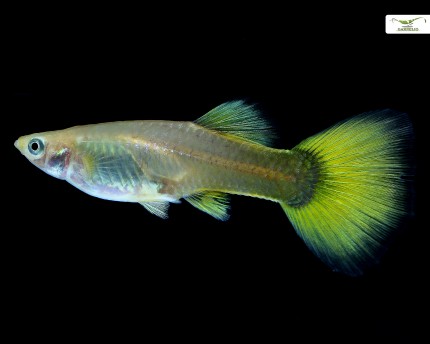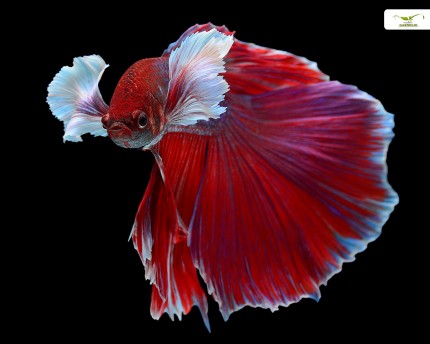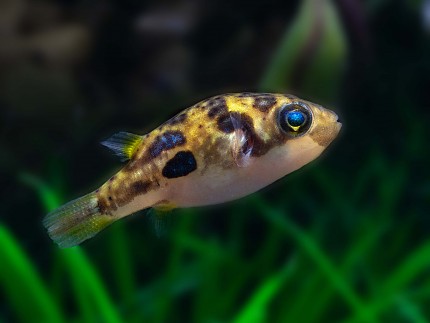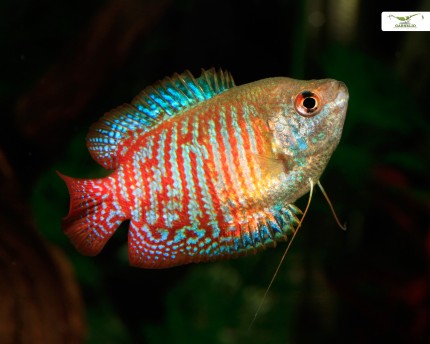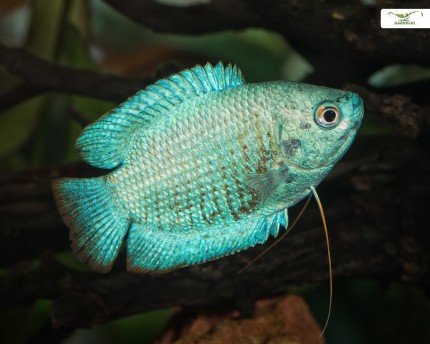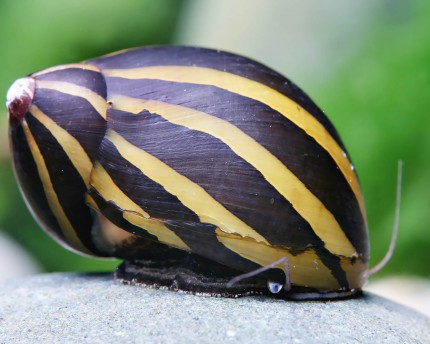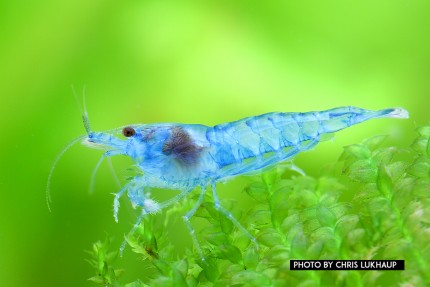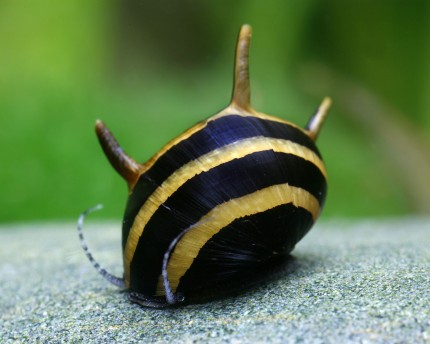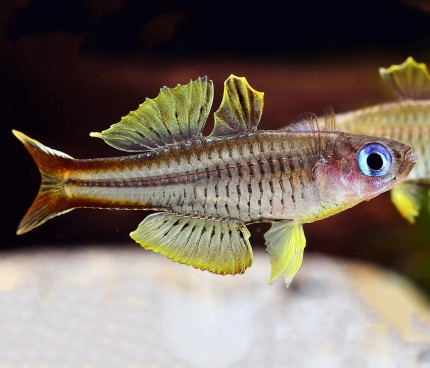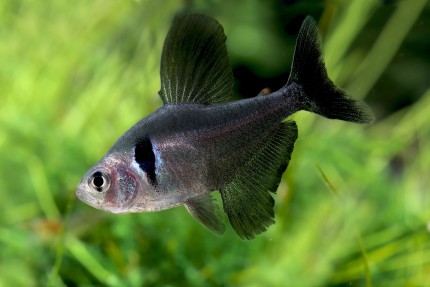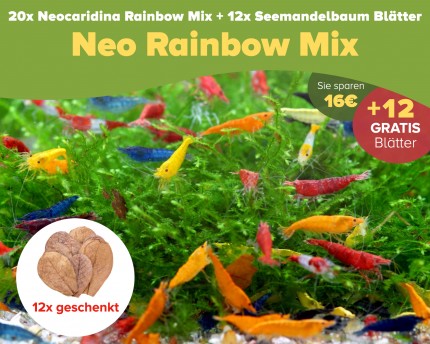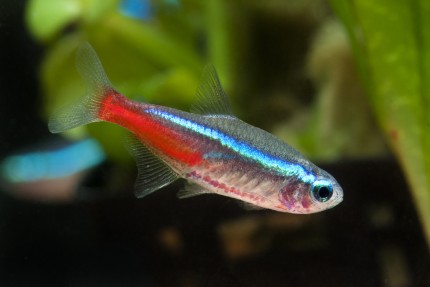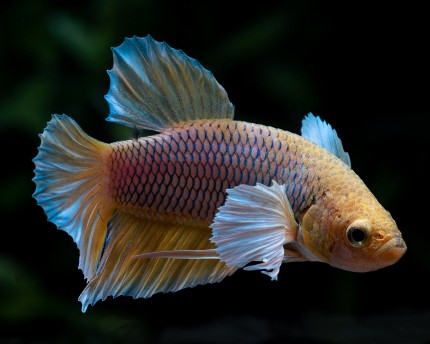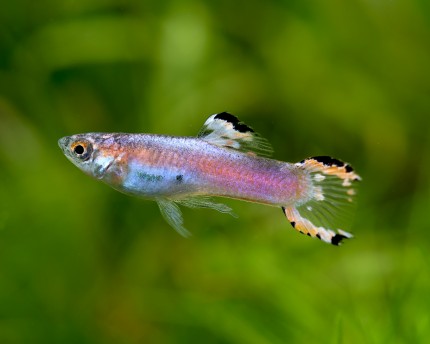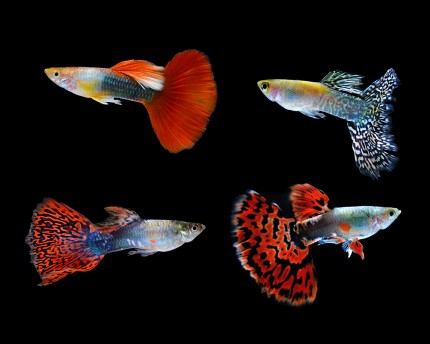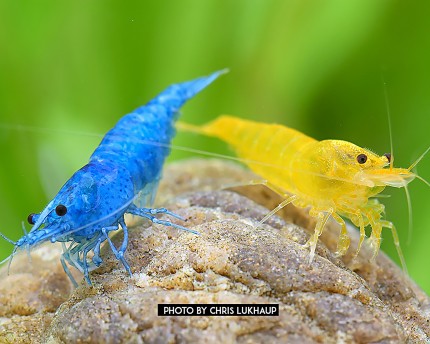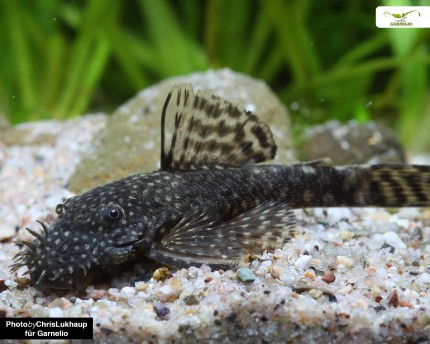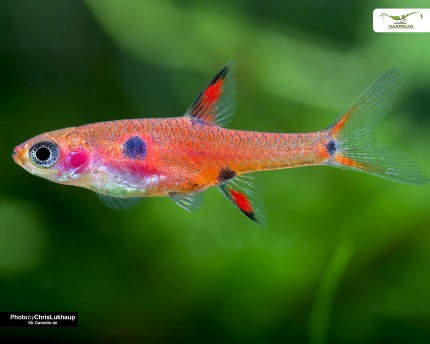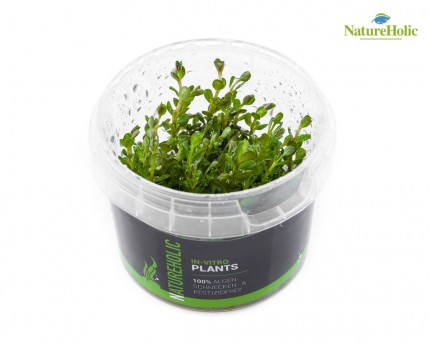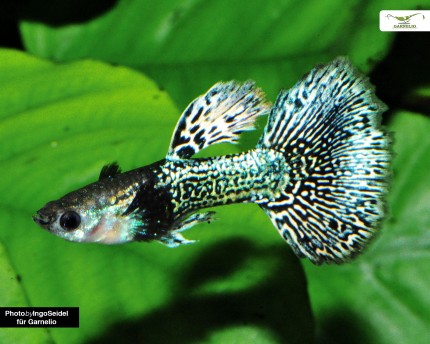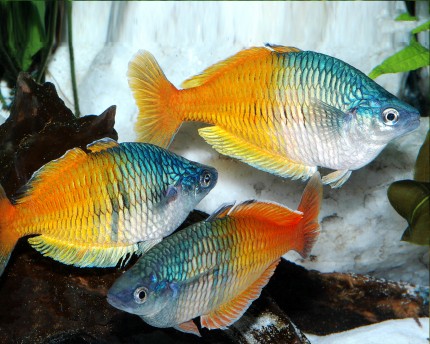incl. VAT plus shipping costs
Ready for shipment in 2 Day(s)
Delivery only innh. Germany and Austria possible.
Switch to the German store
- Item no: 7890
Fast delivery times
All products are in stock with us!14 years of breeding experience
Let our team of experts advise you!High customer satisfaction
from over 3,000 reviews "| Water values: | soft to medium hard |
| Aquarium size: | 54 l (approx. 60cm) |
| Temperature: | 20-25 °C |
| Feature: | Interesting coloring |
| Behavior: | Quiet |
| with fish?: | Yes, with peaceful fish |
| Fish group: | Spikefish |
| Diet: | carnivore - meat eater |
| Breeding: | medium |
| with dwarf crabs?: | No |
| Visual effect: | Swarm behavior |
| with snails/shells?: | Yes |
| with shrimps?: | with dwarf shrimps, offspring is eaten |
| Final size: | 4-8 cm |
| Difficulty: | 1 - Simple |
| Origin: | Oceania |
| with large crabs?: | No |
| with crabs?: | No |
With its fluttery behavior, the Fork-tailed Blueeye, Pseudomugil furcatus, also counts as a "butterfly in aquaristics" and is one of those evergreens that just never gets boring. They are also known as Popondetta blue eyes and originate from rather slow flowing and clear acid rainforest streams and inlets of Papua New Guinea. There they inhabit habitats with low to moderate currents and reside primarily in the weedy underwater vegetation where they also spawn.
When fully grown, the Fork-tailed Blueeye can grow to about 6 inches in length, with females remaining slightly smaller. The animals develop a silver-gray ground color with yellow fins, the caudal fin is fringed with black, and the dorsal fin is elongated in males. Mainly because of the distinct color intensities, the blue eyes can be distinguished in sex at about half a year of age. The "wing-like" yellow pectoral fins of the males are distinctive and give them their flighty appearance. The bright blue eyes, among other things, gave them their name. With good care they live about 2-3 years.
Fork-tailed blue-eyes are permanent spawners that can be bred quite easily. Especially large amounts of live food and water changes stimulate the animals. With imposing raising and lowering of the fins, the males court the females and shortly thereafter pursue them to a spawning substrate, which may consist of fine-feathered plants or moss. There the female attaches a single egg, which attaches itself to the substrate with adhesive fil aments. Like quite a few other fish, Fork-tailed Blueeyes prefer to spawn in the early morning hours. The spawning substrate can be checked daily for eggs, these are quite large and hard and can be removed with bare fingers and reared in a rearing tray. To prevent spawn fungus, willow bark, alder cones or sea almond leaves should be added here. Alternatively, completely replace the spawning substrate. Blue-eyes are industrious but not thorough spawn predators, so replacement every three days is sufficient. Within 2-3 weeks, the first larvae hatch and are still feeding on their yolk sacs. After that, they can be reared on infusoria, microworms, and freshly hatched nauplii. They generally grow quite slowly.
Forktail Blueeye aquarium fish can be kept quite well in aquariums from 54 liters. The group fish like to live in a shoal, which is why we recommend keeping at least 10 animals. The aquarium should have structuring in the form of dense planting with stem plants in places, but also various Mosses plants. Likewise it may have some shady corners, for example in form of Floating plants. Blue-eyes are not long-distance swimmers and tend to stay in a group, usually in one place, where they eat together or play together, but they should still be given swimming space. Even though they are very tolerant in water values, it is recommended to keep them rather acidic with a total hardness (GH) of 2-20 °dGH, a carbonate hardness (KH) between 0-6 and a pH of 6.0-7. The temperature is 24-27° C. A Hamburg mat filter is already sufficient for filtration.
The peaceful Fork-tailed Blue-eyes can be socialized without problems. Since they are rarely shy, they can be kept for example with Kilifishes, Luminous Eye Fish, various Dwarf corys and also Corys socialize. Although well reproducing Dwarf shrimp species not be bothered by them, but a very small baby shrimp may sometimes spice up their diet. Dwarf shrimp can nip their fins, so it is better not to keep them in a blue-eye aquarium.
As carnivores, the Fork-tailed Blueeye can be fed excellently in the aquarium with commercially available dry food as well as granulated food or flake food for omnivorous fish. With a pronounced ravenous appetite for live and frozen food, they like to be spoiled with Artemia nauplii but also cyclops and enchytraea.
Our food recommendation: The professional NatureHolic Nanofeed is a staple food for all small aquarium fish. This mini fish food and rearing food is a fine soft granulate, which thanks to its softness resembles the consistency of tiny crustaceans and insect larvae and protects the delicate mouth of nano fish and fry from micro injuries.
Our plant recommendation: For planting, use NatureHolic InVitros. These are free of snails, planarians and other unwanted co-inhabitants. Also free of algae spores, bacteria and fungi.
Expert Tip: We recommend for fish keeping the NatureHolic 3 Phase Liquid. The care set offers the best all-round protection for your animals. It ensures optimal conditions for successful breeding and keeping.
| Scientific name: | Pseudomugil furcatus |
| German name: | Fork-tailed blue-eye, Popondetta blue-eye |
| Difficulty level: | for beginners |
| Origin/Distribution: | Papua New Guinea |
| Coloration: | silver-gray base color with yellow fin flos-ses |
| Age expectancy | 2-3 year |
| Water parameters: | GH 2-20, KH 2-10, pH 6,5-7, temperature 24-27° C |
| Tank size: | from 54 l |
| Food | Omnivorous/ carnivorous, granulated food, dry food, flake food, live food and frozen food such as Artemia, Cyclops |
| Breeding | medium |
| Behavior | very peaceful |
| Group size | at least 10 animals |
| Further information | Ten typical aquarium fish for beginners and alternatives to them, Tips for acclimating fish to the aquarium, Feeding aquarium fish properly - cheap food and what it can do |
- Item no: 7890
- EAN No.: 7427061496314
Entdecke die Garnelio Welt!
Garnelio gehört zu den größten Onlineshops für wirbellose Aquarientiere weltweit.
Viele Artikel gibt es exklusiv nur bei uns im Shop.

